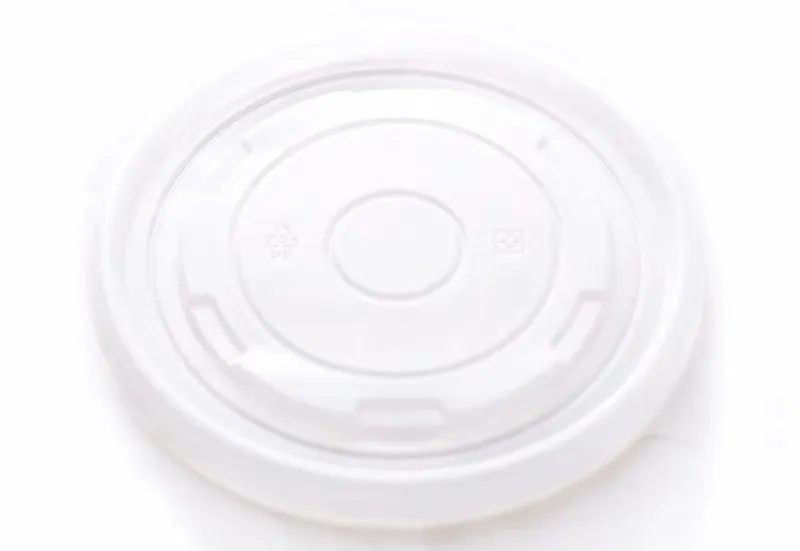Understanding Bin Liners Essential Tools for Waste Management
In our modern world, the management of waste is an increasingly significant concern. With the growing amount of waste generated daily—from household scraps to commercial refuse—efficient and responsible waste disposal has become a priority for individuals and businesses alike. One essential tool that aids in effective waste management is the bin liner, commonly known as a garbage bag.
Bin liners are specifically designed plastic bags that are utilized to line waste bins. Their primary purpose is to contain waste and prevent it from contaminating the bin itself. This function is not only practical but also essential for maintaining cleanliness and hygiene. The materials used to make bin liners vary, with options such as high-density polyethylene (HDPE), low-density polyethylene (LDPE), and biodegradable materials available in the market.
One of the key advantages of using bin liners is convenience. They allow for easy disposal of waste by enabling individuals to lift out the entire bag from the bin, ready for disposal. This simplifies the process of emptying rubbish bins and reduces the need for frequent cleaning of the bins themselves. In addition, bin liners come in various sizes, making it possible to find an appropriate fit for any type of waste bin, whether it be in a kitchen, office, or outdoor environment.
Another critical aspect of bin liners is their role in waste segregation. Many communities and businesses are increasingly adopting recycling practices. By using colored or labeled bin liners, people can easily separate recyclable materials, compostable waste, and general refuse. This practice not only promotes recycling but also contributes to a more sustainable approach to waste management. For example, green liners may indicate organic waste, whereas blue liners could be designated for recycling materials.
bin liners

Sustainability is a growing concern for many consumers, prompting a shift towards eco-friendly bin liners. Biodegradable and compostable bin liners, made from plant-based materials, are gaining popularity as they break down more easily in landfills and commercial composting facilities. These options minimize the reliance on traditional plastic and address the environmental issues linked to plastic waste, making them a more ecologically responsible choice.
When selecting bin liners, it is important to consider durability and tear resistance. A high-quality liner is less likely to leak or rip, which is crucial for maintaining sanitary conditions, especially in demanding environments like kitchens or industrial settings. In contrast, cheaper liners may not hold up against heavier waste, leading to messy spills and additional cleanup.
Moreover, bin liners can aid in odor control. Many liners are treated with fragrances or special coatings that help contain unpleasant smells associated with decomposing waste. This feature is particularly advantageous in residential settings or locations where bins are left uncovered.
In conclusion, bin liners are vital components of an effective waste management system. They provide convenience, enhance hygiene, promote recycling, and support sustainability efforts. As environmental awareness continues to grow, consumers can make informed choices by selecting eco-friendly options that align with their values. Ultimately, the humble bin liner serves as a small but powerful ally in our ongoing quest to manage waste responsibly and maintain a cleaner environment.



